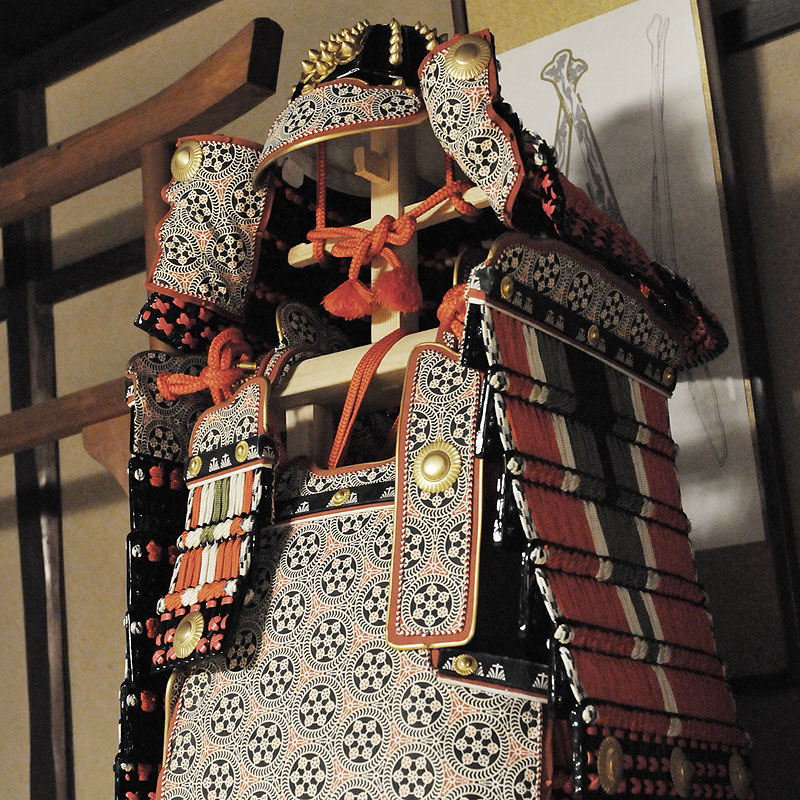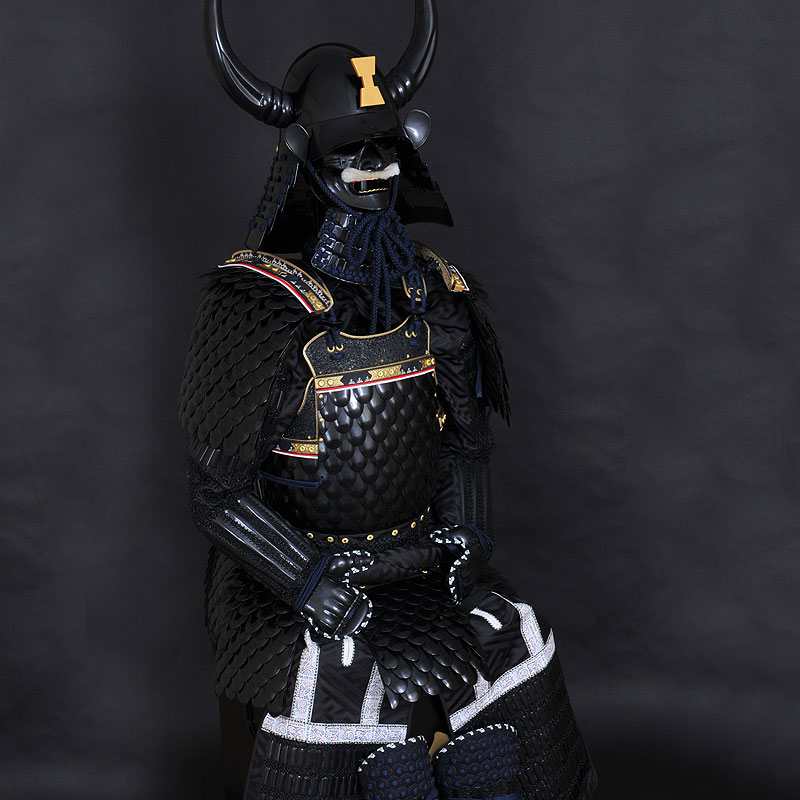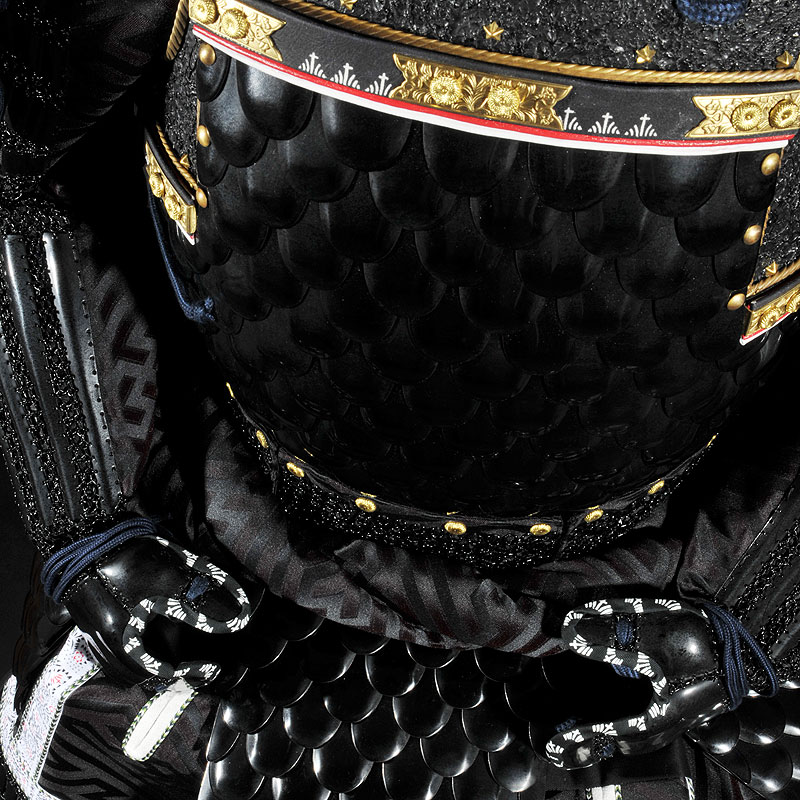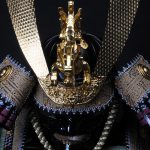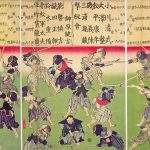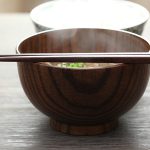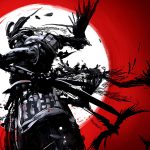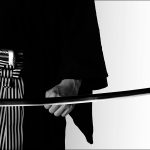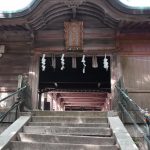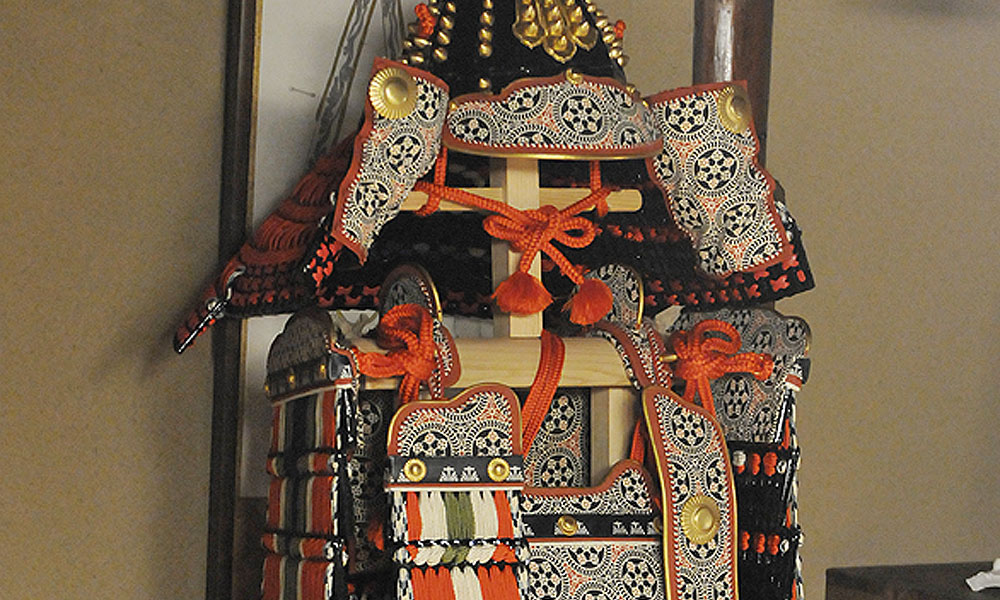
Japanese Armor, or katchū (甲冑; armor and helmet), can largely be categorized into two categories depending on in which period it was made: ō-yoroi (大鎧; great armor) and tōsei-gusoku (当世具足; modern armor) armors.
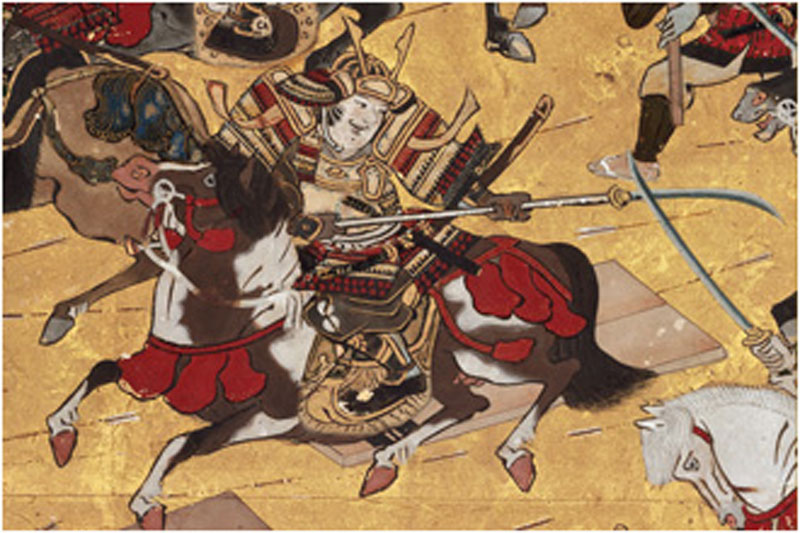
The ō-yoroi first appears during the middle and late Heian period (794~1185), becoming more widespread during the Kamakura period (1185~1336). Ō-yoroi were designed for cavalry archers as they were one of the main military forces during these periods, because of the box-shaped construction and its heavy weight that restricted your movements, it was unsuitable for use on the ground. However it was very effective at deflecting arrows.

To defend against arrows the Kabuto had large fukigaeshi (吹き返し), wing-like or ear-like projections to the sides of the helmet, and there were also many other components like kyubi-no-ita and sendan-no-ita that became obsolete after the tosei-gusoku armors became more prevalent due to the samurai shifting to more infantry based tactics with the introduction of firearms during the Muromachi period.
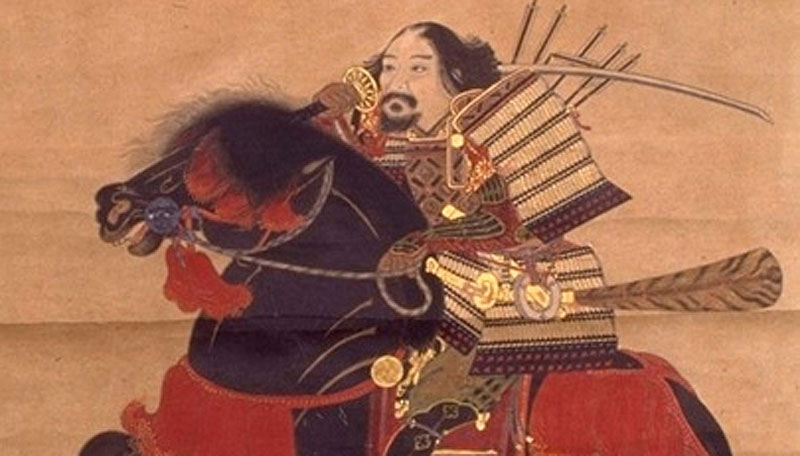
The ō-yoroi were mostly worn by high ranking samurai on horseback, and although lower ranking samurai used similar armors, they had less components, were lighter and lacked many decorative markings that were prominently seen on the higher ranking samurai. The main body part consisted of scales called kozane (小札; lamellar or sclaes) which were made of leather and iron. However, the production time for ō-yoroi was very long and the over 2000 kozane scales needed to make a set of armor could take more than 265 days to assemble.
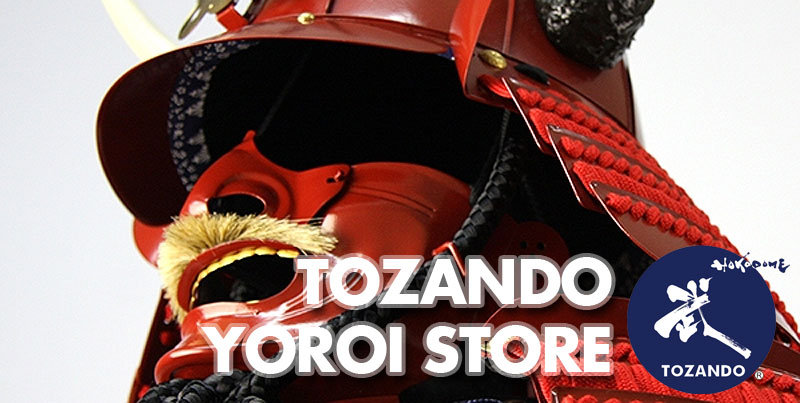

Because of this, the ō-yoroi is seen as the most formal and beautiful of all Japanese armors, and widely regarded as the truest form of Japanese armor. During the Edo period it’s also said that this type of armor was often ordered by families of feudal lords as decorative objects and many of the well preserved remaining ō-yoroi are actually from this period.
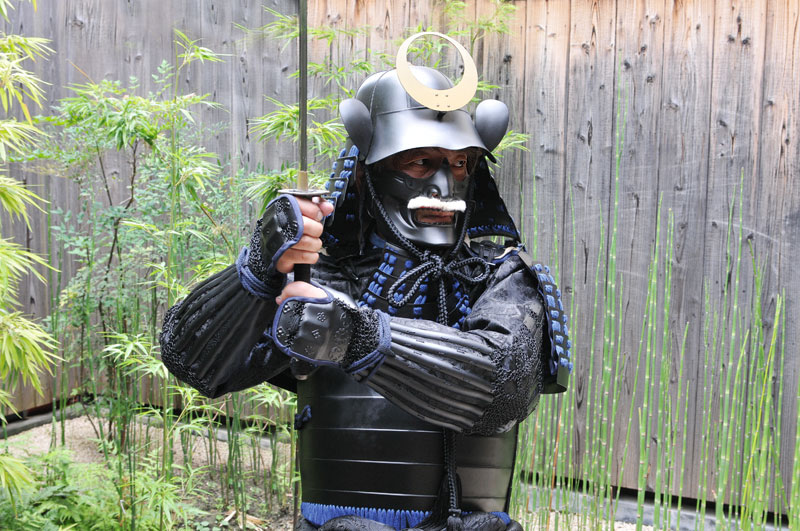
During the Muromachi period, due to the appearance of firearms and the change in tactics due to this, along with influences from western armors, the Tosei-gusoku style of armors became the prominently used type of armor. In contrasts with the iron and leather kozane scale structure on the torso part of the ō-yoroi, the tōsei-gusoku style armors were composed of a single iron plate, which made it possible to mass produce these armors. The shift to a single iron plate also gave extra protection against firearms and were more suited for large scale infantry battles, making it a very practical armor to use in this time period.
Since this armor was designed for infantry, in contrast to the ō-yoroi, the shape of the armor became slimmer and less box-shaped which made it lighter and easier to move in, in addition to allowing for more curvy and three-dimensional designs. Because of this a variety of styles such as the ōkegawa dō gusoku (桶側胴具足) and hotoke dō gusoku (仏胴具足), along with the nanban dō gusoku (南蛮胴具足), which was inspired by European style armor, appeared during this period.
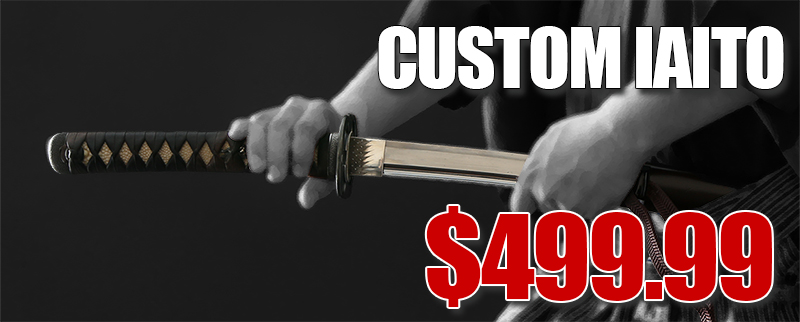
The names of Japanese armors also describe their most prominent features, often quite unromantically, for example the “jūhachiken suji kabuto noukon-ito odoshi aka ōkegawa nimaido gusoku” (十八間筋兜濃紺糸威赤桶側二枚胴具足) would mean that it is: a red colored armour in ōkegawa nimaido gusoku style with a helmet (kabuto) that is made with 18 ribbed iron plates and decorated with dark navy laces.
We hope you enjoyed this brief look at the characteristics behind traditional Japanese samurai armor.
 | Did you like what you've just read? Check this out. |



